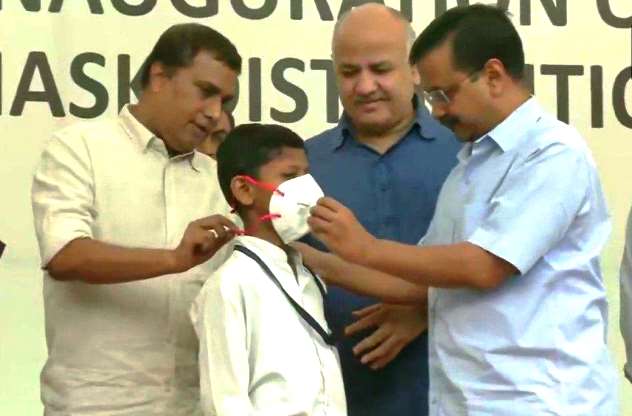Over the years China has remodelled its tactics to wipe out the Uyghur community. In recent years, the Beijing government has begun using technology to conduct its own kind of genocide.
By putting Xinjiang under a grid management system, China is now able to control every aspect of Uyghur’s life — religious, familial, cultural and social, the Foreign Policy reported.
Under the grid management system, the cities and villages are split into squares of about 500 people wherein each square has a police station that closely monitors residents by regularly scanning their identification cards, faces, DNA samples, fingerprints and cell phones.
“These methods are supplemented by a machine-operated system known as the Integrated Joint Operations Platform. The system uses machine learning to collect personal data from video surveillance, smartphones and other private records to generate lists for detention. Over a million Han Chinese watchers have been installed in Uyghur households, rendering even intimate spaces subject to the government’s eye,” said Rayhan Asat and Yonah Diamond, the authors of the article in Foreign Policy.
According to the Genocide Convention, genocide can be defined as specific acts against members of a group with the intent to destroy that group in whole or in part. These acts include (a) killing; (b) causing serious bodily or mental harm; (c) deliberately inflicting conditions of life to bring about the group’s physical destruction; (d) imposing measures intended to prevent births within the group and (e) forcibly transferring children of the group to another group.
Ironically, China is a member of the Convention and yet continues to conduct genocide against its own ethnic community.
Citing one of the examples of atrocities being done by the Chinese government, Rayhan Asat has recalled his brother Ekpar Asat’s torments. Ekpar was considered as a model Chinese citizen by the Communist Party for his community leadership as a “bridge builder” and “positive force” between ethnic minorities and the Xinjiang local government. However, Asat like other Uyghurs was also put in the concentration camps in 2016. He is held incommunicado and is reportedly serving a 15-year sentence on the trumped-up charge of “inciting ethnic hatred.” Not a single court document is available about his case, Rayhan said.
Among the Uyghur community, the worst suffers are women. In 2017, the Xinjiang government started “Special Campaign to Control Birth Control Violations,” along with specific local directives and by 2019, the government aimed to have over 80 per cent of women of childbearing age to undergo forced intrauterine devices (IUDs) and sterilisation. The goal was to achieve “zero birth control violation incidents.”
As part of the campaign, the government started hunting down the women of childbearing age and then forced them to undergo sterilisation to avoid being sent to an internment camp.
The authors said, “Between 2015 and 2018, population growth rates in the Uyghur heartland plummeted by 84 per cent. Conversely, official documents show that sterilization rates skyrocketed in Xinjiang while plunging throughout the rest of China, and the funding for these programs is only increasing. Between 2017 and 2018, in one district, the percentage of women who were infertile or widowed increased by 124 per cent and 117 per cent respectively.”
“In 2018, 80 per cent of all IUD placements in China were performed in Xinjiang despite accounting for a mere 1.8 per cent of China’s population. These IUDs can be removed only by state-approved surgery — or else prison terms will follow. In Kashgar, only about 3 per cent of married women of childbearing age gave birth in 2019.”
“The latest annual reports from some of these regions have begun omitting birth rate information altogether to conceal the scale of destruction. The government has shut down its entire online platform after these revelations. The scale and scope of these measures are clearly designed to halt Uyghur births,” the authors added.
While lauding the US for imposing Magnitsky sanctions on the Chinese officials involved in the surveillance system in Xinjiang, they urged the White House to declare the torture on Uyghur community as genocide. The authors opined that the move will encourage other countries in the effort to end the ongoing genocide in Xinjiang.
Besides, it will convince the consumers to reject over 80 international brands, which profit off genocide. “The determination will strengthen legal remedies for sanctioning companies that profit from modern slavery in their supply chains sourced in China and compel business entities to refrain from profiting from genocide and commit to ethical sourcing,” the authors said.
(ANI)








